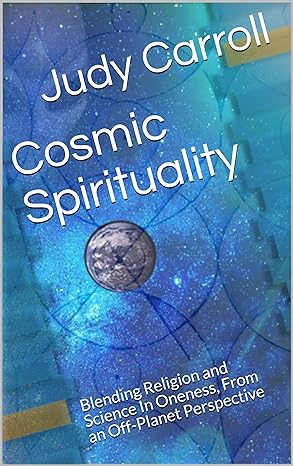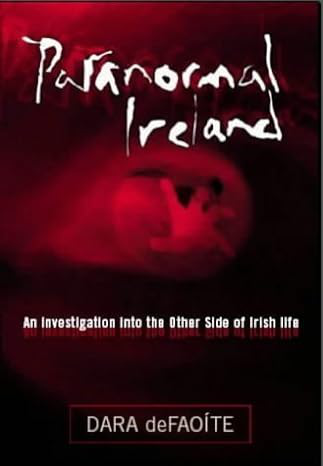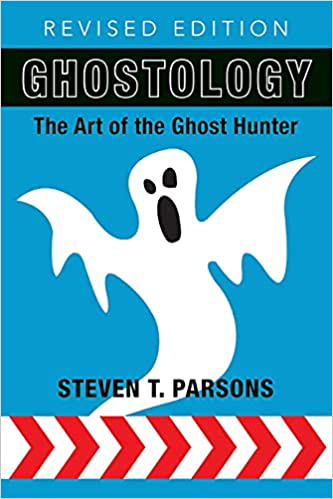’Swift Quake’, Taylor Swift Shakes The Country, All The Way To Wexford
General News
Friday 12th, July 2024
2 minute read.
Researchers from the Dublin Institute for Advanced Studies (DIAS) detected seismic activity as far away as County Wexford during Taylor Swift’s sold out shows at Aviva Stadium late last month. This intriguing phenomenon was observed using 21 seismometers set up around the stadium to monitor vibrations, shaking, or tremors caused by the energy released through the Earth's surface.
During the first of Swift's three concerts, the research team discovered that seismic activity, caused by 50,000 enthusiastic fans during her performance of the 2014 hit "Shake It Off", was picked up by a seismometer more than 100 kilometres away in Co Wexford. The data collected from the seismometers revealed that the first concert generated the most seismic activity, with an energy output of 5,600 joules. Fans at the second and third shows generated 5,500 joules and 5,250 joules, respectively.
Swift’s rendition of "Love Story", from her 2008 album Fearless, produced the largest seismic waves during the three concerts, indicating significant crowd movement and energy.
Eleanor Dunn, lead researcher and PhD candidate at DIAS, noted that despite the detectable seismic activity, the movement generated by the concert "was unlikely to have been felt by anyone other than those in the immediate vicinity". Dunn added, “My goal for this research is to create a greater understanding of seismic activity. The opportunity to explore seismic activity created by a different kind of phenomenon has been really interesting and shows how seismicity happens every day without us knowing”.
This isn’t the first time Swift's concerts have generated such phenomena. Similar seismic events, dubbed “Swift Quake”, have been detected in other cities during her blockbuster Eras tour, including San Francisco, Los Angeles, and London.
The study by DIAS provides a unique perspective on how human activities, such as large-scale concerts, can create measurable seismic events, contributing to a broader understanding of seismic activity in various contexts.
During the first of Swift's three concerts, the research team discovered that seismic activity, caused by 50,000 enthusiastic fans during her performance of the 2014 hit "Shake It Off", was picked up by a seismometer more than 100 kilometres away in Co Wexford. The data collected from the seismometers revealed that the first concert generated the most seismic activity, with an energy output of 5,600 joules. Fans at the second and third shows generated 5,500 joules and 5,250 joules, respectively.
Swift’s rendition of "Love Story", from her 2008 album Fearless, produced the largest seismic waves during the three concerts, indicating significant crowd movement and energy.
Eleanor Dunn, lead researcher and PhD candidate at DIAS, noted that despite the detectable seismic activity, the movement generated by the concert "was unlikely to have been felt by anyone other than those in the immediate vicinity". Dunn added, “My goal for this research is to create a greater understanding of seismic activity. The opportunity to explore seismic activity created by a different kind of phenomenon has been really interesting and shows how seismicity happens every day without us knowing”.
This isn’t the first time Swift's concerts have generated such phenomena. Similar seismic events, dubbed “Swift Quake”, have been detected in other cities during her blockbuster Eras tour, including San Francisco, Los Angeles, and London.
The study by DIAS provides a unique perspective on how human activities, such as large-scale concerts, can create measurable seismic events, contributing to a broader understanding of seismic activity in various contexts.



